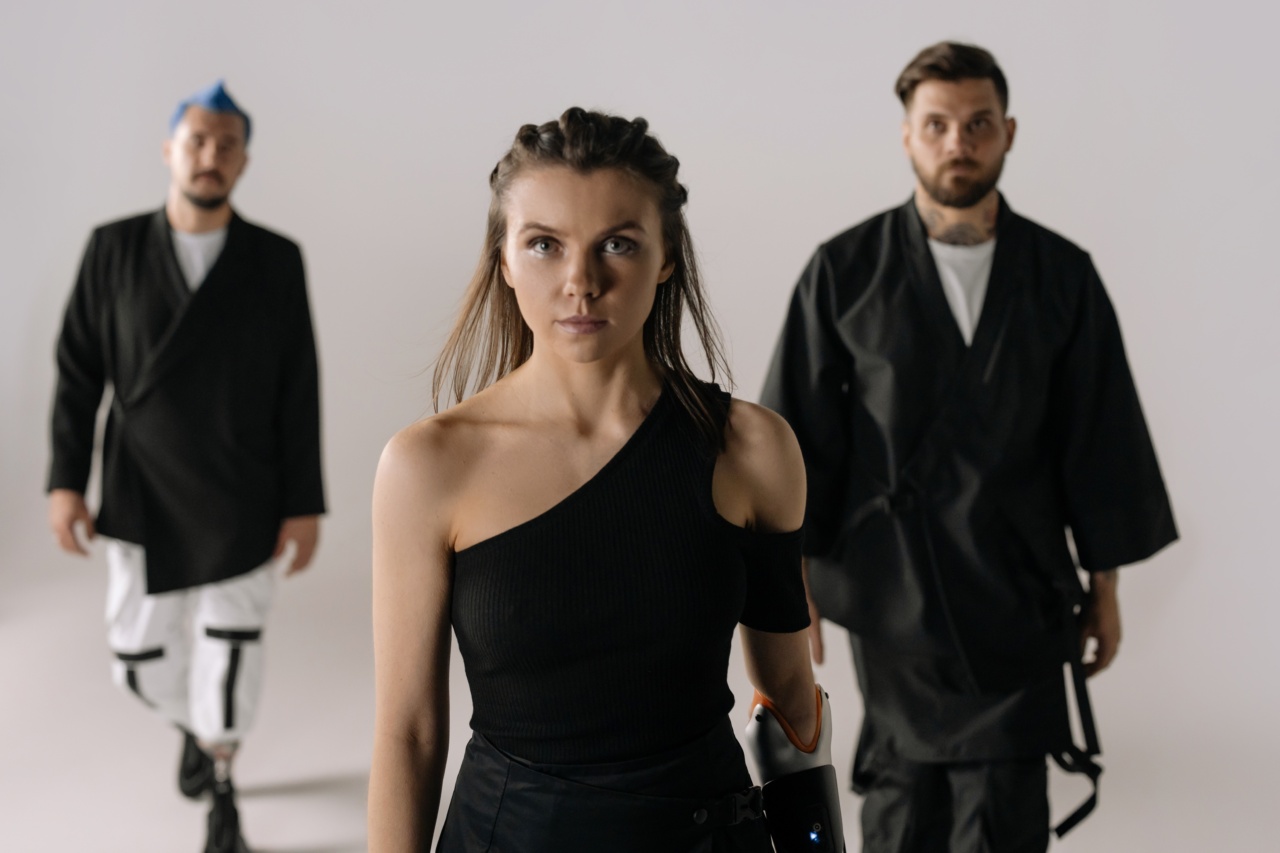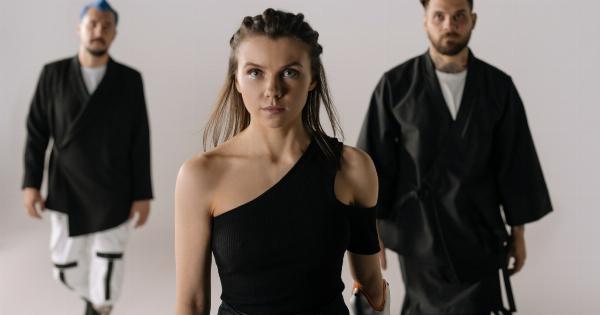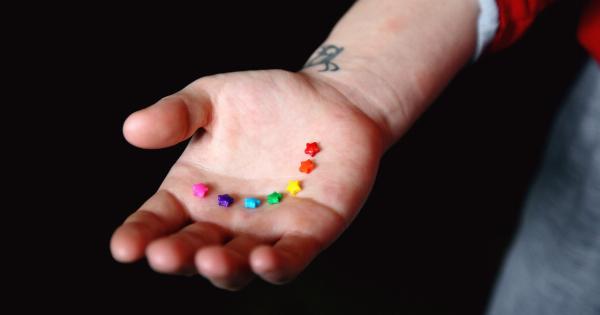Stroke is a serious medical condition that affects millions of people worldwide, causing a range of physical and cognitive impairments.
One of the major challenges faced by stroke survivors is impaired upper limb function, which can significantly impact their mobility and independence. However, with the help of various techniques and therapies, it is possible to improve upper limb function and enhance mobility after stroke.
1. Occupational Therapy
Occupational therapy plays a crucial role in post-stroke rehabilitation. Occupational therapists are highly skilled professionals who assess patients’ abilities, set goals, and provide interventions to improve their functional performance.
Through individualized treatment plans, stroke survivors can regain strength, coordination, and fine motor control in their upper limbs.
2. Constraint-Induced Movement Therapy
Constraint-induced movement therapy (CIMT) is an evidence-based intervention that encourages the use of the affected upper limb by restraining the unaffected limb.
By restricting the movement of the unaffected limb, stroke survivors are forced to rely on and rehabilitate the affected limb. CIMT has shown promising results in improving upper limb function and mobility in stroke survivors.
3. Robotics-Assisted Therapy
Robotic devices have revolutionized stroke rehabilitation by providing intensive and task-oriented therapy. These devices are designed to facilitate repetitive movements, range of motion exercises, and muscle strengthening in the upper limbs.
Robotics-assisted therapy offers precise measurements, real-time feedback, and adaptive training, which help stroke survivors regain mobility and functional independence.
4. Mirror Therapy
Mirror therapy is a simple yet effective technique that utilizes a mirror to create an illusion of movement in the affected limb.
By observing the reflection of the unaffected limb moving in the mirror, the brain is tricked into perceiving movement in the affected limb. This technique has shown to increase motor function and reduce pain in stroke survivors.
5. Virtual Reality Rehabilitation
Virtual reality (VR) rehabilitation is a cutting-edge technology that immerses stroke survivors in computer-generated environments to improve their motor function.
By engaging in virtual activities and games, stroke survivors can practice reaching, grasping, and manipulating objects, which stimulate the neural pathways responsible for upper limb function. VR rehabilitation has demonstrated significant improvements in motor skills and functional outcomes.
6. Task-Specific Training
Task-specific training involves practicing specific functional tasks repeatedly to improve motor function and coordination.
This therapy focuses on real-life activities that stroke survivors need to regain independence, such as dressing, eating, or writing. By performing these tasks in a controlled and repetitive manner, stroke survivors can enhance their upper limb function and restore their ability to carry out daily activities.
7. Electrical Stimulation
Electrical stimulation therapy involves the application of electrical currents to the muscles, nerves, or both, to promote muscle contractions and improve motor control.
This therapy can be used to stimulate weakened muscles in the upper limbs, facilitating movement and reducing muscle atrophy. Electrical stimulation has shown promising results in enhancing upper limb function in stroke survivors.
8. Functional Electrical Stimulation
Functional electrical stimulation (FES) is a specialized form of electrical stimulation that uses low-level electrical currents to stimulate the nerves controlling specific muscles.
By activating the muscles in a coordinated pattern, FES can restore functional movements in the upper limbs. This therapy has been particularly effective in improving grasping and releasing abilities in stroke survivors.
9. Constraint-Induced Language Therapy
Constraint-induced language therapy (CILT) is a specific form of constraint-induced movement therapy that focuses on improving language and communication abilities in stroke survivors with aphasia.
This intensive therapy encourages the use of language by restricting compensatory strategies and providing structured language tasks. CILT has shown positive outcomes in restoring language skills and promoting functional communication.
10. Acupuncture
Acupuncture is a traditional Chinese medicine technique that involves the insertion of thin needles into specific points along the body.
In stroke rehabilitation, acupuncture has been used to stimulate blood flow, reduce muscle spasticity, and improve motor function in the upper limbs. While the effectiveness of acupuncture is still a topic of research, some studies suggest its potential benefits for improving mobility after stroke.





























